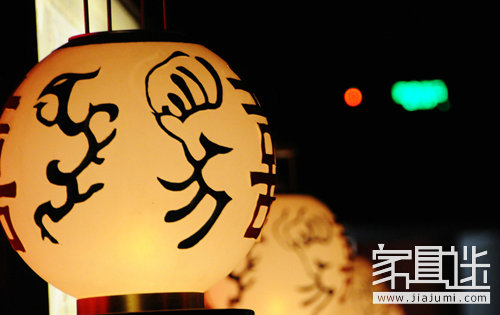What are the classifications of various types of knowledge lamps purchased by lamps?
2025-08-06 10:12:07
The lamp is often called the "eyes of the home," and this metaphor highlights its essential role in interior design. From elegant retro wall lights to dazzling crystal chandeliers and cozy table lamps, lighting is a vital element that brings life and style to any space. When choosing a lamp, it's important to consider both aesthetics and functionality, ensuring that it complements the overall design and enhances the atmosphere of the room.
In this article, we'll explore different types of light sources and their characteristics to help you make an informed decision when selecting lighting for your home.
**Light Source: Life and Lighting Effects**
There are four common types of lamps used in everyday life: energy-saving lamps, incandescent bulbs, metal halide lamps, and LED lights. Each has its own advantages and disadvantages, so understanding their performance can help you choose the best option for your needs.

**Energy-Saving Lamps**
Energy-saving lamps are popular due to their efficiency. A 9-watt energy-saving bulb can produce the same brightness as a 40-watt incandescent bulb. They also have a longer lifespan, typically lasting between 8,000 and 10,000 hours. Their color rendering index (CRI) is around 80, with some high-quality models reaching over 85, which means they display colors more accurately.
These lamps come in a range of color temperatures, from 2700K (warm yellow) to 6500K (cool white). Warm light is often preferred in living spaces for a cozy feel, while cooler tones may be used in offices or kitchens. Many luxury hotels use warm-colored energy-saving lamps to create a welcoming ambiance.
High-quality energy-saving lamps use true trichromatic rare earth phosphors to maintain brightness and longevity. Over time, all lamps may experience a slight dimming effect, known as light decay. However, advanced models with constant-light technology can reduce this by more than 10% even after 2,000 hours of use.
**Incandescent Lamps**
While incandescent lamps are known for their excellent color rendering (up to 100 CRI), they have a major drawback: a short lifespan. Most last between 3,000 and 4,000 hours, with lower-quality options sometimes failing within just 1,500 hours. Their warm light, typically around 2700K to 2800K, makes them ideal for creating a comfortable and inviting atmosphere in bedrooms, dining areas, or restaurants.
**LED Lights**
LEDs, or light-emitting diodes, represent modern lighting technology. While white LED lamps have improved significantly, they still face challenges. One issue is that their light output is not yet as strong as other types, and they may lack full spectrum coverage. For example, blue and green wavelengths are often underrepresented, leading to color inaccuracies in certain environments.
However, experts believe that if these issues are resolved, LEDs could eventually replace traditional lighting sources. In theory, LED bulbs can last indefinitely, making them a long-term and energy-efficient choice.
**Metal Halide Lamps**
Metal halide lamps are similar to traditional incandescent bulbs but offer better brightness and color quality. Their lifespan is generally between 3,000 and 4,000 hours, with some models reaching up to 6,000 hours. They emit a light temperature ranging from 2700K to 3250K, making them suitable for commercial and industrial settings, though less common in residential spaces.
Choosing the right lighting for your home is more than just about brightness—it’s about creating the right mood, enhancing the space, and ensuring comfort. Whether you're looking for energy efficiency, aesthetic appeal, or long-lasting performance, there's a lighting solution that fits your needs.
Mat Series,Dough Mat,Silicone Dough Mat,Baking Mat
Changshu Xinneng Silicone Products Co., Ltd. , https://www.xnsilicone.com